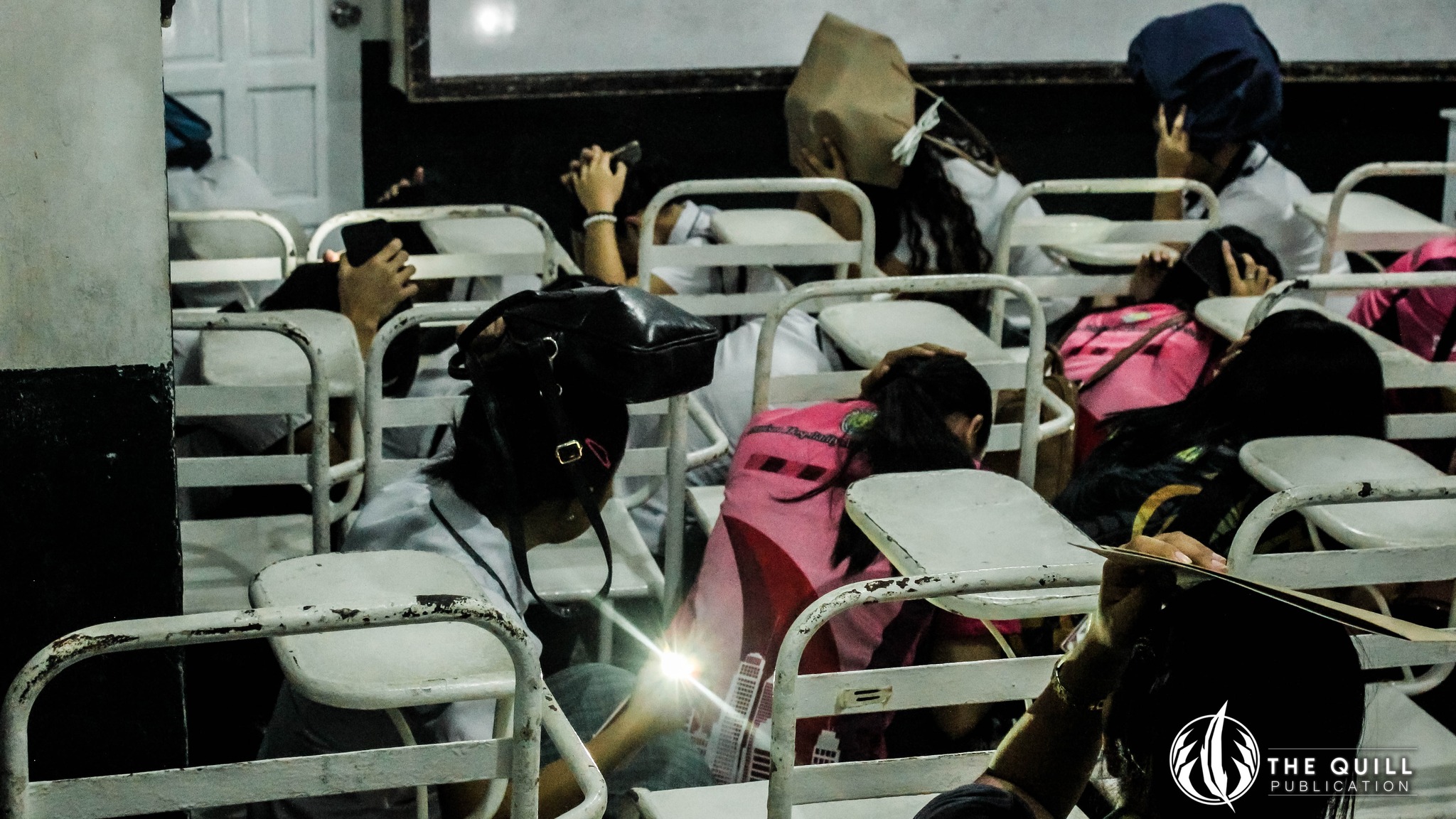Earthquake Drill With Campus-Wide Re-Orientation and Evacuation Exercises
WHAT: Earthquake Drill With Campus-Wide Re-Orientation and Evacuation Exercises
WHEN: August 28-29, 2024
WHERE: Holy Trinity College
PARTICIPANTS: HTC Community
Minimizing risks, reducing impact, and practicing early warning through earthquake drills!
Holy Trinity College of General Santos City demonstrates its commitment to programs and campaigns on climate change risks, impacts, mitigation, adaptation, impact reduction, and early warning through various exercises. A specific example is the conduct of earthquake drills. This promotes disaster preparedness and community safety that educate its stakeholders on climate- and hazard-related risks.
On August 28–29, 2024, HTC conducted a campus-wide earthquake drill, coupled with a re-orientation on the “DROP, COVER, and HOLD” procedure to ensure all students, faculty, and staff are familiar with proper response measures. The drills were implemented across all departments with designated evacuation areas along Balagtas and Recto Streets, promoting orderly and safe movement in case of emergencies. This initiative aligns with the university’s mandate to provide local education programs on disaster risk reduction, early warning, and mitigation strategies, equipping the HTC community with practical knowledge to respond effectively to earthquakes and other climate- or hazard-related events.
Through exercises like this, HTC actively fosters a culture of awareness, preparedness, and resilience, demonstrating how educational institutions can play a critical role in reducing impacts and in adaptive responses to natural hazards.
This strengthens our commitment to the United Nations Sustainable Development Goals (SDGs), particularly in fostering:
- SDG 13 (Climate Action). This goal is supported because the activity focuses on building resilience and adaptive capacity to natural disasters and hazards. By conducting re-orientation and evacuation exercises, the college is taking urgent action to prepare for the impacts of a seismic event. The drill serves as a direct, on-the-ground method for improving institutional capacity and reducing impact within the community.
- SDG 11 (Sustainable Cities and Communities). The goal to create safe and resilient human settlements is addressed by this campus-wide initiative. The activity involves planning and executing safe evacuation procedures with designated routes on local streets, which contributes to the overall safety and resilience of the community. Practicing the response measures helps to reduce the number of people affected by an earthquake by ensuring an orderly and safe movement.
- SDG 4 (Quality Education). The drill is an example of integrating essential sustainable development knowledge into the learning environment. By providing a re-orientation on emergency procedures and teaching practical knowledge to all students, faculty, and staff, the university is fulfilling its role in equipping its stakeholders with the skills necessary for a safer, more sustainable life, particularly in the face of natural hazards.


